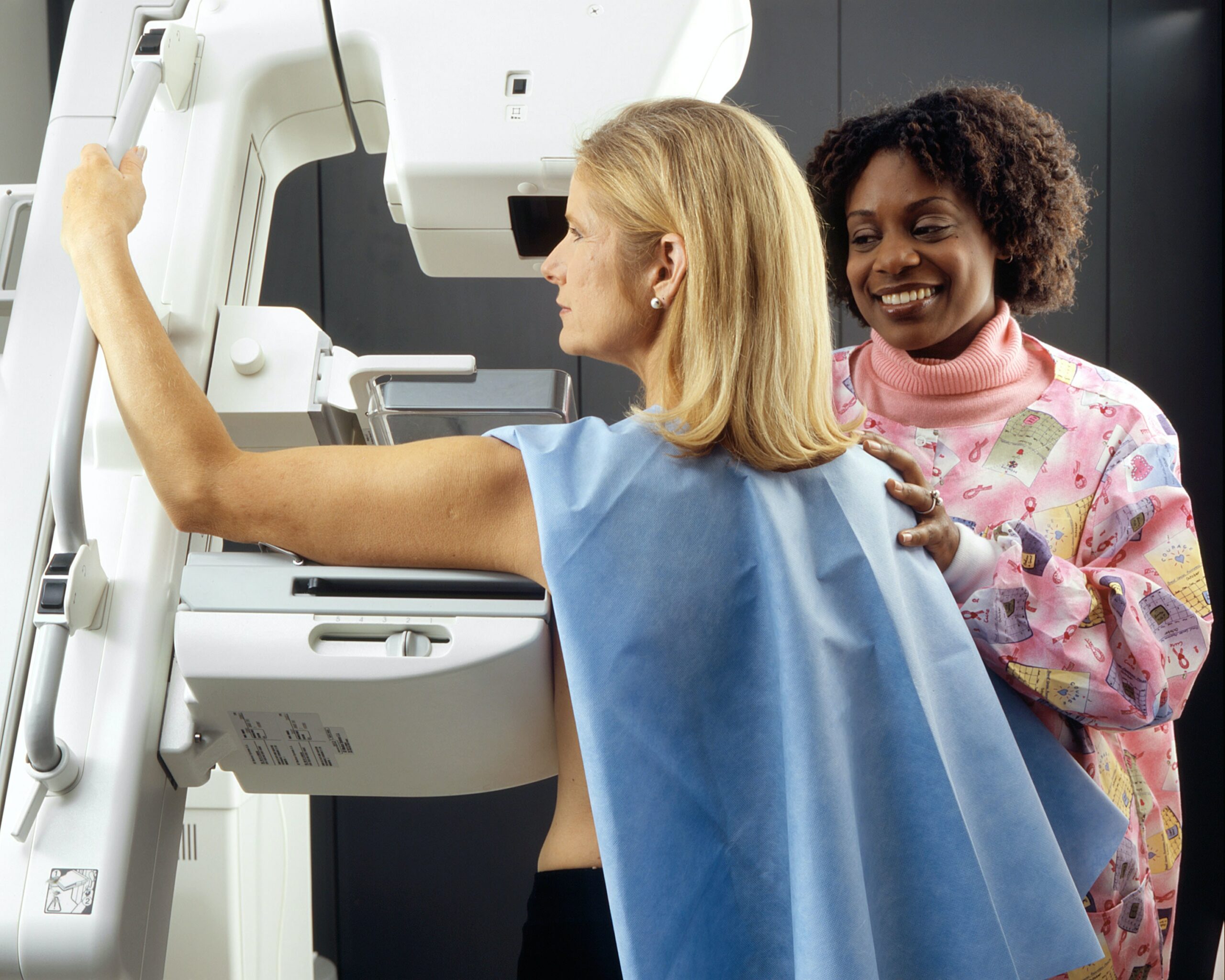Are you considering a career in Radiology?
Wondering why Radiology is such a popular career option?
And think it strange since Radiologists are reclusive, antisocial, and spend their days staring at screens in gloomy rooms.
In this article, we’ll debunk any myths and discuss things you should know about a career in Radiology.
We’ll also discuss how hard Radiology is to study.
Ready?
Let’s dive in
Radiology Hard to Study?
Yes, studying Radiology is hard, as it requires studying complex subjects, including having a solid grasp of the math and sciences. It also includes a lot of rote memorizations, requiring the use of repetition to keep information in the brain.
That being said, if you are comfortable with math and science, you should not have a hard time studying Radiology.
Students interested in radiologic, or MRI technologies should pursue math and science classes such as anatomy, biology, chemistry, and physics in high school.
Individuals must undergo a four-year radiology residency after graduating from medical school.
On-call employment has been increasingly common in the last two years, which some people find both physically and mentally taxing.
A one- or two-year fellowship program, usually in a specific area of radiology, must be completed.
To practice as a radiologist, candidates must pass the United States Medical Licensing Exam or the Comprehensive Osteopathic Medical Licensing Exam.
Many radiologists also need to pass state boards and be certified by the American Osteopathic Board of Radiology or the American Board of Radiology.
What the Internet Says
As long as you are an average student, you should be okay.
I was hospital-based trained so the emphasis was geared towards clinical practice with enough classroom training so you could understand competently the theories behind the actual work.
Source: Quora
Now that we’ve addressed the main question, let’s look at some other career-related questions
Why Is Radiology So Popular?
Radiology is popular since it offers high wages, every day is different, and you get to converse, and deal with other specialties, building long-term relationships. In Radiology, you get to help and treat a large number of patients every day.
Radiology is one of the most vital roles of the hospital.
Thinking about it, when was the last time you or someone you know went to the hospital and they receive some sort of imaging (x-ray or MRI)
Many chose Radiology because they like to get away from the pressures of working on the ward.
Radiology offers a chance to get away from all the paperwork for every patient on the ward, just need to dictate your report.
Every case you look at is like a giant puzzle that you as a Radiologist needs to solve.
For example, if a patient comes into the hospital and they have a headache, an MRI is performed a metastatic lesion is diagnosed it is up to the Radiologist to find where the cancer is coming from.
So, it’s not only fun finding cancer, which in turn is helping the patient.
In radiology, you get to focus on the entire body not just specializing in one part of the body.
As a Radiologist you need to get across all parts of medicine, making it interesting.
Radiology is a good career move, since it pays very well, offers intellectually interesting work, is in demand, and can be used as a stepping stone to becoming a physician.
If you are wanting to stay in Radiology here are a few specialties
Career Paths in Radiology
- Neuro Radiology
- Nuclear Radiology
- Paediatric Radiology
- Diagnostic Radiology
- Emergency Radiology
- Cardiovascular radiologist
What the Internet Says!
Yes, it is a good career for you if you like patients and patient care, are both visual and mathematical, and are not afraid of hard work and commitment. People that work in radiology are very balanced (i.e. – they are both logical and emotional).
It also pays well. The drawbacks are that radiology jobs are niche specialty jobs and may take a while to reach full-time employment at the location you are interested in,
Source: Quora
Radiology, What Is It Like?
As a Radiologist, you will assist other doctors in diagnosing and treating patients, which can be a rewarding career.
Those who work in the field of radiology, unlike many other professions, never have the same day twice.
A typical day may contain a variety of patient problems, unusual settings, and the application of cutting-edge technology.
As a radiologist, you’ll use ultrasound, x-rays, CT scans, MRIs, and other imaging equipment to diagnose and treat patients.
The majority of radiologic and MRI technologists are full-time employees.
Some technologists work evenings, weekends, or overnight shifts since imaging is occasionally required in emergencies.
Radiologic and MRI technologists typically do the following:
- Adjust and maintain imaging equipment
- Follow precise orders from physicians on what areas of the body to image
- Prepare patients for procedures, including taking a medical history and shielding exposed areas that do not need to be imaged
- Position the patient and the equipment to get the correct image
- Operate the computerized equipment to take the images
- Work with physicians to evaluate the images and to determine whether additional images need to be taken
- Keep detailed patient records
Although Radiologist will spend a large portion of their time behind monitors, time will also be spent dealing with patients, colleagues and surgeons, nurses, and other medical specialties
What the Internet Says!
In my opinion, yes! the job is wonderful, and I love what I do.
I like being among the patients, helping them, and providing them with the best care that I can deliver.
I love having the feeling that I have control over producing the images that the physicians require to diagnose and treat a patient and in doing so, I learn about a lot of imaging techniques and pathologies.
Source: Quora
Hard to Find a Radiology Job?
It is not hard finding a Radiology job so long as you have adequate training, skills, and experience.
The good news is the employment of radiologic and MRI technologists is projected to grow 9 percent, which is driven by the aging of the (patient) population and the need to replace workers who transfer to different occupations or exit the labor force, such as to retire. Radiology Stressful Job?
Yes, Radiology can be physically and mentally stressful and requires complete focus at all times. Because radiographers have direct contact with patients, there is no room for error because a minor lapse in judgment could result in the patient receiving an unnecessary radiation dose or, worse, a misdiagnosis.
Radiologists are responsible for ensuring the accuracy of their findings. Is it cancer or just a benign tumor?
The pressure on radiologists to make the correct decision can lead to burnout.
That is why it is essential for radiologists to take regular breaks throughout the day and to take vacations to stay fresh and stress-free.
Related Articles
- Nursing a Dying Profession? (Explained)
- Nursing Harder Than Teaching? (Explained)
- Nursing: 7 Things You Need to Know (for students)
Radiology Boring Job?
Radiology is not a boring job; each day and each diagnosis is unique. Every day, a Radiologist works on different cases, collaborating with colleagues, and physicians, and helping patients.
The radiologist’s role is to be the physician’s physician and the consultant’s consultant, so you must be available to your colleagues at all times.
Secondly, each imaging study is a new case that must be solved.
It’s almost addictive in that you go from case to case in a sort of routine, but then a tougher case comes up to challenge you.
You figure it out and feel an indescribable sense of accomplishment. An irregular reward can be very motivating.
That being said, if you don’t like spending your day examining images on a screen each day being a Radiologist might not be the career for you.
Radiologists Get Paid Well?
Yes, Radiologists do get paid very well.
According to Salary.com the average Radiologist salary in the United States is $432,990 as of April 26, 2022, but the range typically falls between $376,490 and $500,890.
Important to note that salary ranges can vary widely depending on many important factors, including education, certifications, additional skills, and the number of years you have spent in your profession.
With more online, real-time compensation data than any other website, Salary.com helps you determine your exact pay target.
Related Articles
- 7 Reasons Why Nursing Is Popular (Must Read)
- Nursing Degree REALLY Useless? (Solved)
- Nurse Vs Radiology, Which Career Is Better? (Must Read)
Are Radiologists in Demand?
Yes, Radiology is in demand. Overall employment of radiologic and MRI technologists is projected to grow 9 percent from 2020 to 2030, about as fast as the average for all occupations.
About 20,800 openings for radiologic and MRI technologists are projected each year, on average, over the decade.
Many of those openings are expected to result from the need to replace workers who transfer to different occupations or exit the labor force, such as to retire.
As the baby-boom population grows older, there may be an increase in medical conditions, such as cancer and Alzheimer’s disease, which require imaging as a diagnostic tool. Radiologic and MRI technologists will be needed to take the images.
Will Radiologists Be Replaced by AI & Robots?
Radiologists will not be replaced by AI & Robots.
The duties of a radiologist far outweigh the capabilities of our current technological functions.
Patient-facing work (such as ultrasound, fluoroscopy, and biopsy) consulting with other physicians, multi-disciplinary work (such as tumor boards), training, and audits are examples of such work.
AI will change the way radiologists work, shifting from an active to a proactive approach to detecting medical conditions.
Final Words
Radiology is one of the most sought-after medical specialties because it pays well, has intellectually stimulating and interesting career paths, and, unlike other medical professions, requires little paperwork.
You can make a good living from it. It is different because you must be familiar with multiple medical specialties as well as current technologies.
Related Articles
- Nurse Vs Radiology, Which Career Is Better? (Must Read)
- Physician Assistant Or Physical Therapist, Which Is A Better Career? (Must read)
- Physician Assistant vs Occupational Therapy, Which Career Is Better? (Must Read)


